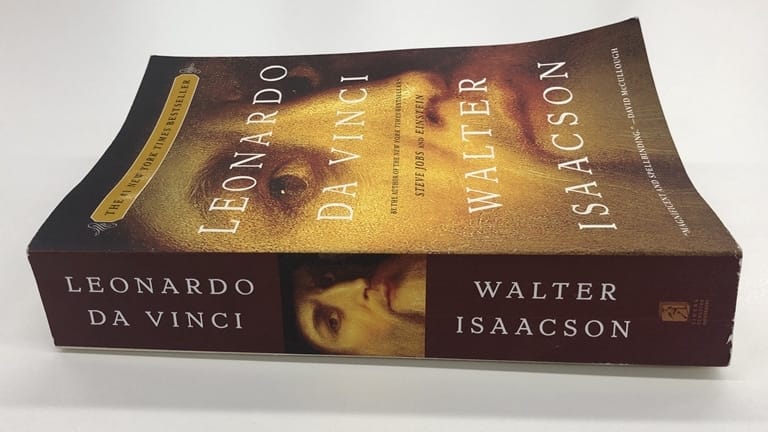
The Author
Walter Isaacson, is a journalist and corporate captain who has distinguished himself as a biographer of powerhouse individuals in history. How a former CNN chairman, and managing editor of Time, got to writing biographies of Steve Jobs, Albert Einstein and Benjamin Franklin, Henry Kissinger, and Leonardo da Vinci is a story we will keep for another time.
Writing biographies of great people is a supremely arduous proposition. There is a tendency to be hagiographic, or even committing errors of prejudiced omission. The amount of research required to distill the psychological perspective is herculean. Insufficient records, or overarching popular opinions, are also constraints to be surmounted.
The Genius (1452 – 1519)
We often use the word genius loosely but for Leonardo it may not be enough of a word to describe him. His curiosity for diverse subjects, assimilation of knowledge, and then accomplishing mastery in multiple subjects is mind-boggling. He was a polymath with interests in architecture, anatomy, engineering, art, botany, geology, mathematics, music and literature.
Beyond this he was occupied with creation: how the earth and humanity fits into the scheme of the universe. His Vitruvian Man is an example of this quest. His paintings: Mona Lisa, The Last Supper, Salvatore Mundi, and others are not only great examples of the sfumato technique, but speak eloquently of human creativity.
The Book
Luckily for us Leonardo kept prolific notebooks with diagrams, sketches, and notes: Walter built his narrative from these. Incidentally, Bill gates paid $30-$40 million for just one of the notebooks called Codex Leicester!
Kenneth Clark, also a biographer, bemoaned that had Leonardo not spread himself thin between subjects, he could have finished many more paintings. But that is the characteristic that Walter makes central in this biography: if Leonardo was not so multifaceted how could have painted with the dexterity that he did? All his influences and knowledge from other fields added to the ontogeny of his bewitching craft.
The book is interpolated with sublime illustrations. Buy the hard-cover edition: you are bound to fall in love with it.










